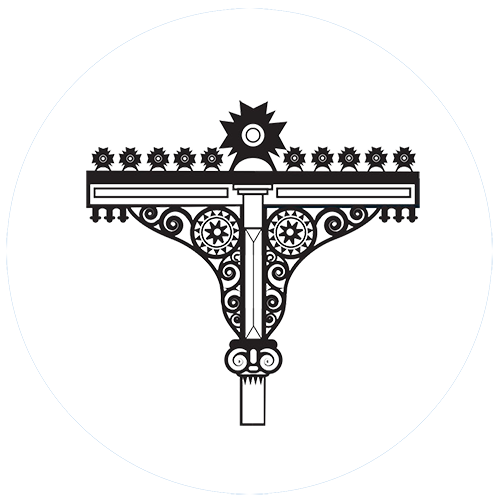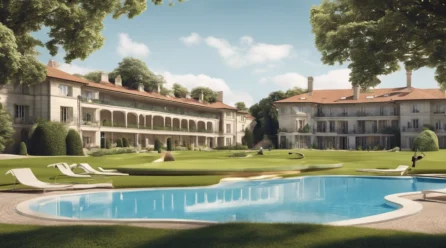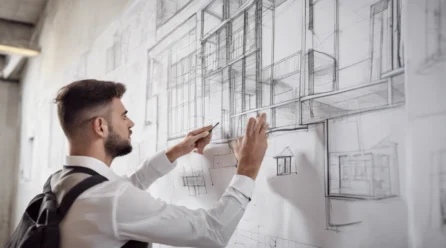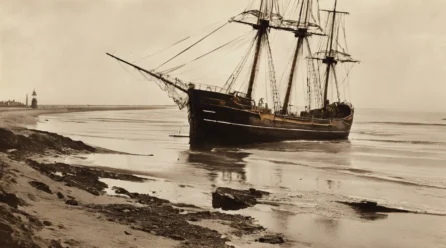Placemaking
Campaigns
“David has made this the absolute core of his concerted campaign efforts with carefully coordinated settlement mapping that provides all key essential services and outlets for those living, working or based in any one particular conurbation. His Mainframe of Mainstays and Placemaking Principles are a central component.”
Placemaking
Placemaking is the process of creating engaging and dynamic public spaces that inspire people to come together and engage with their community. In the modern day, placemaking has played an increasingly important role in filling the employment vacuum caused by the increasingly digital and remote workforce.
By creating vibrant and welcoming public spaces, placemaking encourages people to spend more time in their local community rather than working from home. This, in turn, supports local businesses and creates jobs within the community. The local community is given a new sense of identity and pride as they take ownership of these public spaces, leading to further economic growth and job creation.
Placemaking is also an excellent way to attract new businesses and investment to the area. Companies are looking for more than just a location to set up shop – they want to be part of a thriving and vibrant community. Through placemaking, local communities can showcase their unique identity, culture, and way of life, attracting businesses who want to be part of that community and who will help create further job opportunities.
The beauty of Traditional Vernacular Architecture (TVA) is undoubtedly a unique selling point, blending traditional construction principles with contemporary modern-day faculties. The result is an architectural masterpiece that transcends simple majestic appearances. With TVA, one benefits not only from the visual aesthetic but also functional and ecological value.
Placemaking plays a crucial role in filling the employment vacuum by creating dynamic public spaces that encourage social engagement and economic growth. By investing in our public spaces, we can revitalize our communities, support local businesses, and create new job opportunities for our citizens.
Campaigns
Placemaking Principles
Placemaking is a holistic approach to urban planning and design that focuses on creating vibrant, inclusive, and people-centered public spaces. Key principles of placemaking include:
Community Engagement:
Involving local residents, businesses, and stakeholders in the design process to ensure that public spaces reflect the needs and aspirations of the community.
Mixed-Use Development:
Encouraging the integration of residential, commercial, and recreational elements within a space to create a dynamic and diverse environment.
Walkability and Accessibility:
Designing streets and public spaces that prioritize pedestrians and cyclists, promoting active transportation, and reducing reliance on cars.
Green Spaces:
Incorporating parks, gardens, and green infrastructure to enhance the quality of public spaces, improve air quality, and provide opportunities for recreation and relaxation.
Cultural Identity:
Celebrating the unique history, culture, and heritage of a place through design elements, public art, and programming that reflect the local identity.
David has pieced together the individual aspects of successful Planning in the modern day.
Role of the Traditional Town
Traditional towns serve as valuable examples of successful placemaking, embodying principles of walkability, human scale, and mixed-use development. Their role in placemaking includes:
Historical Context:
Traditional towns often feature historic architecture, narrow streets, and public squares that contribute to a sense of place and cultural identity.
Compact Design:
The compact layout of traditional towns promotes social interaction, community cohesion, and a sense of belonging among residents.
Local Economy:
Traditional towns support local businesses, artisans, and entrepreneurs by providing a conducive environment for commerce and small-scale enterprises.
Social Infrastructure:
Public spaces in traditional towns, such as market squares, courtyards, and communal gathering areas, serve as hubs for social interaction, cultural events, and community celebrations.
Sustainable Living:
The pedestrian-friendly design of traditional towns encourages sustainable modes of transportation, reduces carbon emissions, and promotes a healthier lifestyle for residents.
By recognizing the principles of placemaking and the valuable role of traditional towns, urban planners and designers can create vibrant, livable communities that prioritize the well-being and happiness of their residents.
David has explored in depth the criteria required to ensure stable and steady economic growth at any one compass point of the country.
Related Posts
Practicality of settlement planning for everyone
Settlement planning has numerous practical benefits for individuals and communities as a whole....
Roger Scruton and the importance of designing beautiful neighbourhoods
Roger Scruton was a British philosopher and conservative thinker who placed immense emphasis on the importance of designing beautiful neighborhoods....
Building Better Building Brighter Commission
The Building Better Building Brighter Commission is an agency that was created with a mission to improve the quality of life for all by promoting sust...
Design Codes
Design codes for public spaces are a set of guidelines that dictate how public areas should be designed and maintained....
Planning Reforms
The UK has undergone several planning reforms in recent years, aimed at streamlining the planning process and providing greater flexibility to develop...
Town and Country Planning Act
This piece of legislation was enacted to help regulate the development and use of land in England and Wales....
Placemaking in the modern day
Placemaking is the process of creating engaging and dynamic public spaces that inspire people to come together and engage with their community....
Southport and Sefton Historical Connections
Situated in the north-west of England, Southport and Sefton have a rich historical past and strong industrial roots...
Lorem ipsum dolor sit amet, consectetur adipiscing elit. Ut elit tellus, luctus nec ullamcorper mattis, pulvinar dapibus leo.








